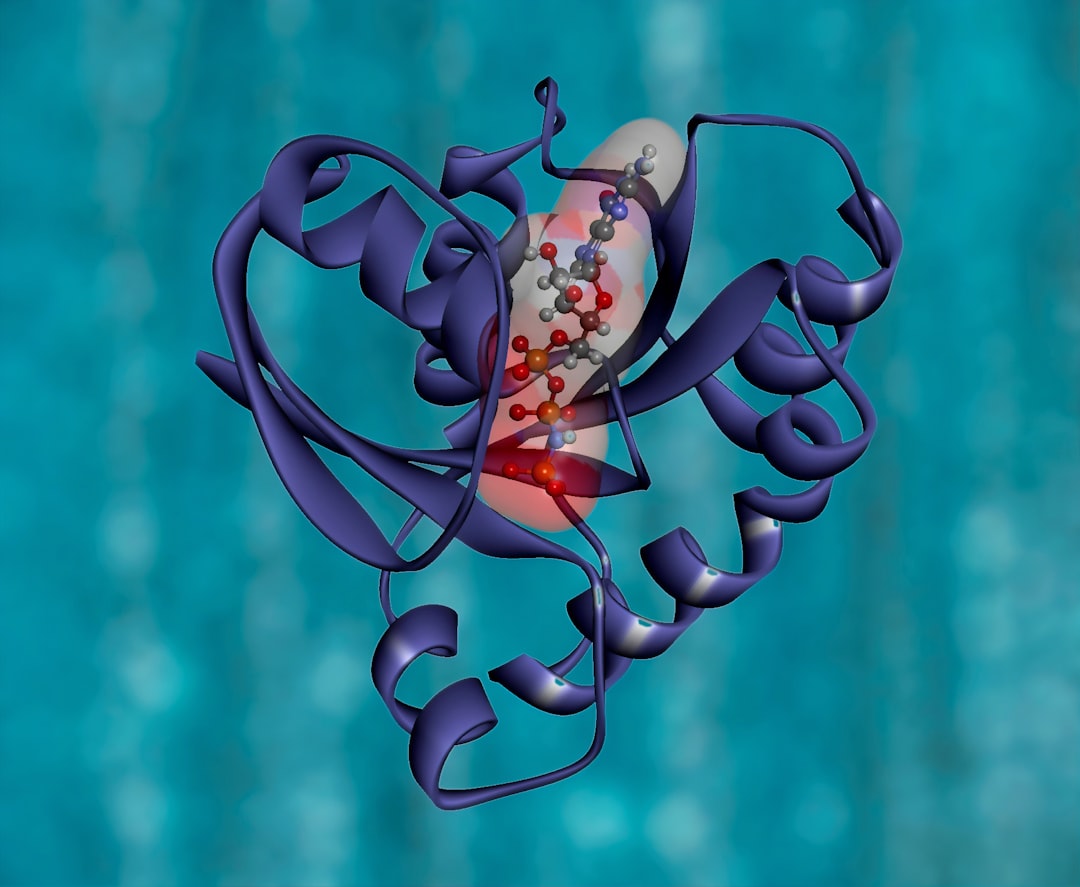What is it about?
When we feel rhythm, such as in music, parts of our body may move. It is known that even if we are not moving, feeling the rhythm activates areas of the brain related to movement, which might be due to preparation for periodic movement. In the present study, monkeys were trained to respond to the omission of isochronous repetitive visual stimuli, and neural activity in the cerebellum and striatum was examined. To detect stimulus omission, the tempo of the stimulus must be learned and its timing predicted. We found that cerebellar neurons modulated their activity depending on the location of the repetitive stimulus and striatal neurons on the direction of prepared movement, suggesting that the cerebellum processes sensory information and the striatum processes motor information during rhythm perception. The cerebellum may be located upstream and the striatum downstream in the flow of information from the temporal prediction of periodic stimuli to motor preparation.
Featured Image

Photo by Lee Pigott on Unsplash
Why is it important?
Many brain regions are involved in rhythm perception, but the role of each region is poorly understood. This study is important because it reveals for the first time the information carried by individual neurons in the cerebellum and basal ganglia. Damage to the cerebellum or basal ganglia causes difficulty with periodic and rhythmic movements such as walking and tapping, but the underlying mechanism is not clear. Elucidating information processing in these brain regions is expected to lead to the identification of causes and effective treatments in the future.
Read the Original
This page is a summary of: Sensory and motor representations of internalized rhythms in the cerebellum and basal ganglia, Proceedings of the National Academy of Sciences, June 2023, Proceedings of the National Academy of Sciences,
DOI: 10.1073/pnas.2221641120.
You can read the full text:
Contributors
The following have contributed to this page










